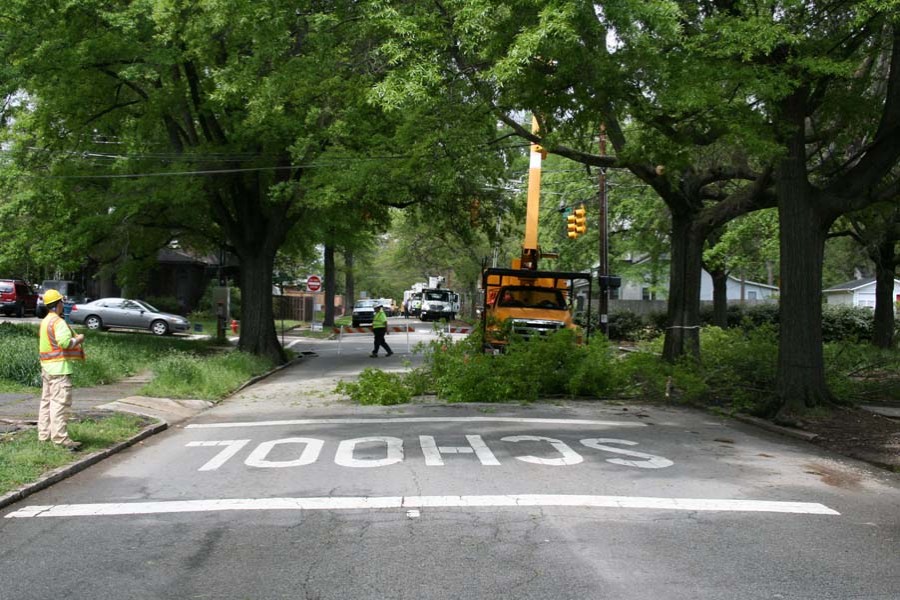Eiffel Tower projects a majestic sight but its surrounding, although grand and spacious, cannot be said to be famous for lush greenery. But mayor Anne Hidalgo wants to bring about a change in the site in favour of a panoramic green view as far as the eye can see. The plan is to transform 100 acres of land in the area either side of the Eiffel Tower into endless verdure. Vehicle entry into a select zone along with the nearby bridge will be completely banned and made accessible only to pedestrians. When complete, it will be the largest green belt in Paris. But the Paris mayor has taken up this plan as part of a grander plan to make the entire French capital greener.
Ms Anne Hidalgo has overlooked criticism that making the Pont d'lena bridge off limit to vehicles has been a draconian measure in order to pursue her goal of micro-environmental change. Paris is not the only city to experiment with more green cover. London, for example, has planted trees in a series of parks in order to develop a green corridor. The aim is to induce cooler air and rains. The Eiffel Tower green belt is likely to act as one such corridor. But under a bigger plan Paris is following the latest European pattern of urban forestry. France is in the forefront of European nations creating such forests in their urban centres. France boasts almost one-third forested area and its rate of seven per cent more green coverage annually since 1990 speaks for the effort.
At a time when the climate change is wreaking havoc all across the globe and posing further threat to living conditions of human beings and animals, Europe has started its preparation for minimising the damage. Projects such as urban forestry and electric car as diligently pursued by European political leaderships and automobile manufacturers respectively are a clear indication of the kind of preparation the nations there are taking in order to face climate change.
How do the developing and so-called emerging nations fare in this regard? One straight and simple answer is that there is no preparation at all. Understandably, where advanced science and technology are concerned, cash-starved nations with little facilities for research and experiment cannot go for automobiles, industrial plants and factories that will not pollute the environment. What they can do in this regard is to reduce their consumption but this does not help their socio-economic development. Most certainly they will have to depend on invention by the developed world and hope for the newer pollution-free types to become cheaper to such a level as can be affordable for them.
However, there is no bar for them to making their cities, villages and fallow lands greener. That most cities in the developing countries are ill planned is their drawback but that those are concrete jungles with hardly any trees is an eyesore. This can be changed. Indeed, a rare few cities like Bangalore can be a sterling example in this regard. It is a city of trees, parks and botanical gardens -Lal Bagh Botanical Garden serving as the lungs of the city. A green city of Bangalore's order can indeed bring about the micro-environmental change in favour of keeping the temperature a few degrees lower than in an open area.
If European cities are creating urban forests, why cannot Dhaka do the same? The Ramna and Suhrawardy green belt can be made thicker by planting more trees particularly on the latter side. Also every roadside can have tree coverage all along. The airport road in particular is a candidate for massive tree plantation. In an area of Rajshahi city, reportedly a tree plantation programme was undertaken locally. Indeed, that can be a good initiative to involve local communities for tree plantation, their nurture and protection. Thus a far greener Dhaka city can indeed be developed -one that will reject the infamous tag of most unliveable city.


